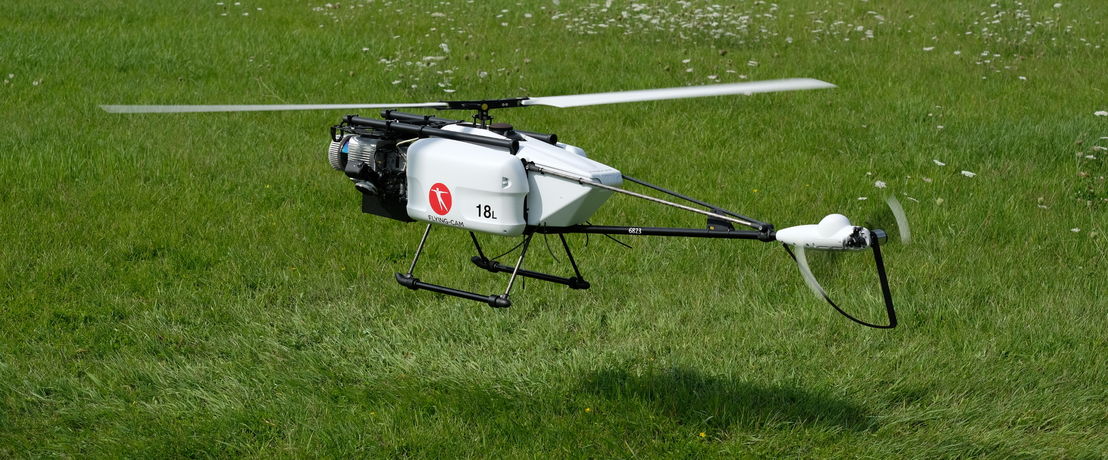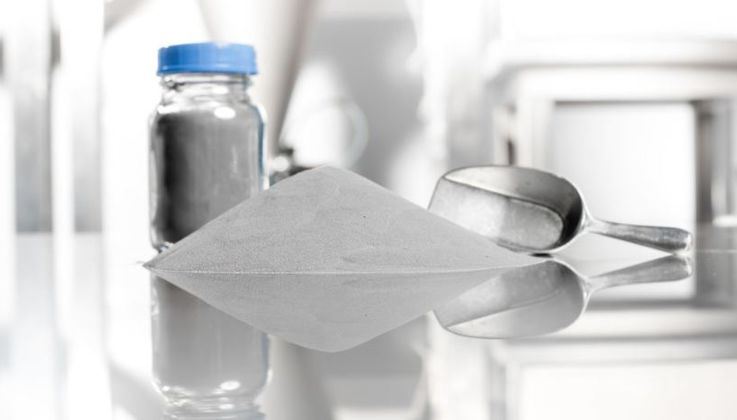
Printed Drones
Evonik not only uses drones for plant maintenance—the company now offers a plastic powder suitable for producing multicopter elements via 3D printing.
Drones can be used in applications that push human beings to their limits, such as transporting medicines to hard-to-reach regions. Evonik has tested what is known as a multicopter: a drone with four or more rotors.
Drones help with maintenance work
The test involved flying the unmanned aircraft over the Wesseling site and transmitting live images of the water tower and pipe bridges to a monitor on the control unit. Overall, the experiment showed that drones are ideally suited as support for projects such as maintenance work.
Plastic powder for 3D drone printing
Evonik isn’t just using the drones, however. The specialty chemicals company also offers a unique plastic powder for producing a number of drone elements on a 3D printer. Plus, Evonik has years of experience developing and manufacturing powdered materials for a variety of 3D printing applications. VESTOSINT® polyamide 12 powders are used as the starting material for tool-free production, otherwise known as “additive manufacturing.” Their excellent quality and stability win over customers, who already use these powders in aviation and medical technology applications.
With a digital data model as its template, the 3D printer uses a laser to construct the desired component one layer at a time. The first step is to add the powder to a container positioned beneath the laser. The laser, in turn, illuminates a cross-section of the object and melts the powder at the right points. Once solidified, this layer sinks down and more layers are added one after another until the component is finished. Printed from powder: the parts of the drone painted white and red are made of polyamide 12 powder from Evonik and were manufactured using a 3D printing process.



